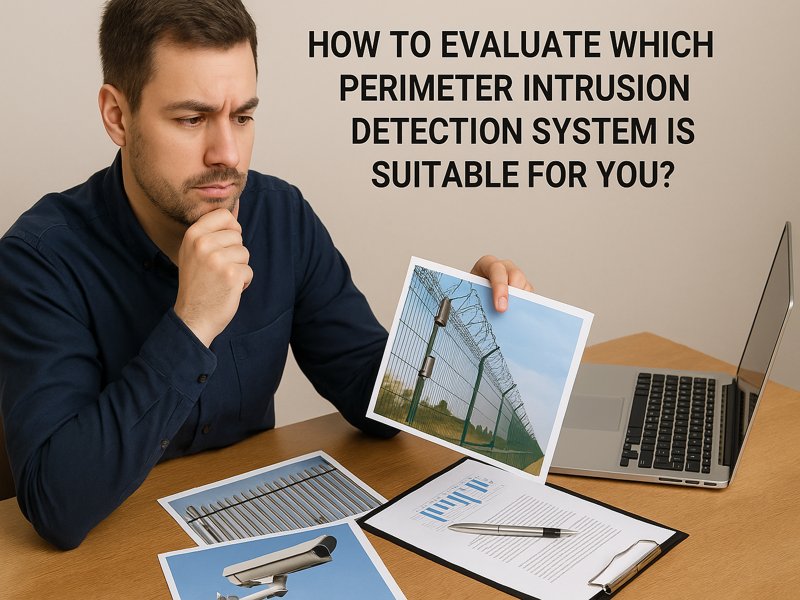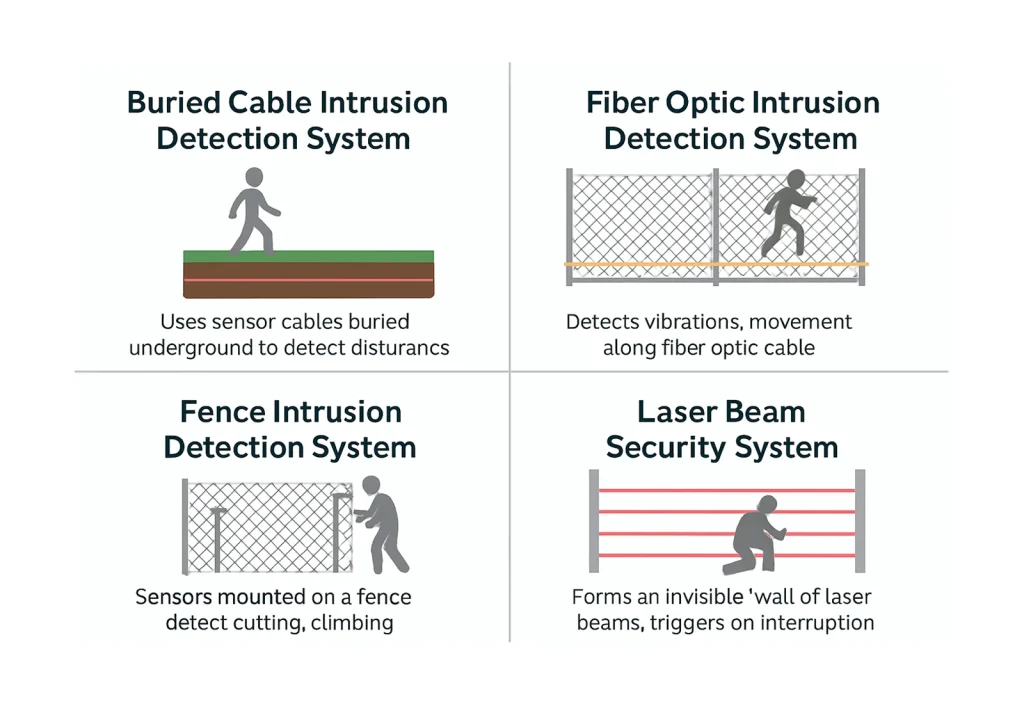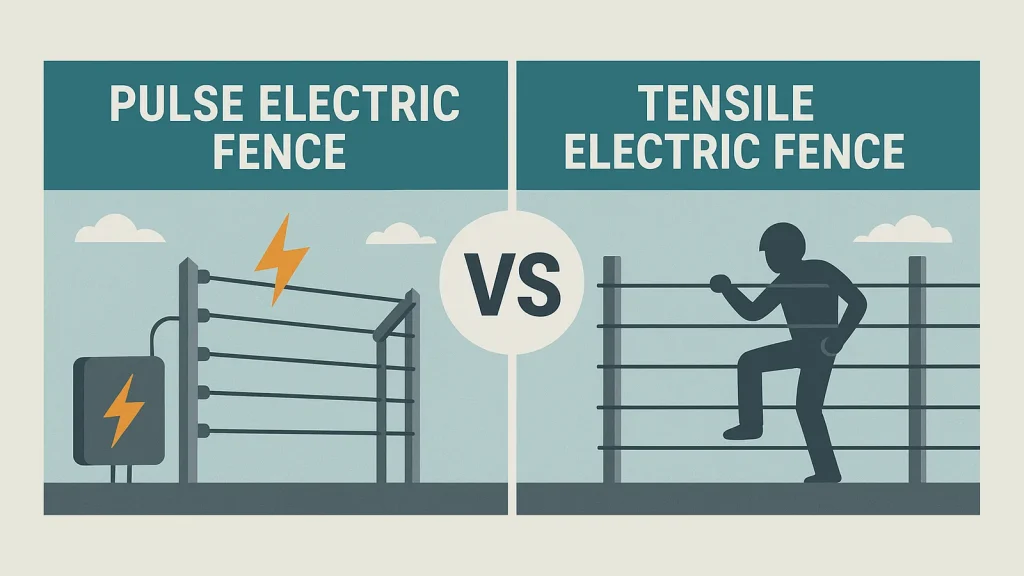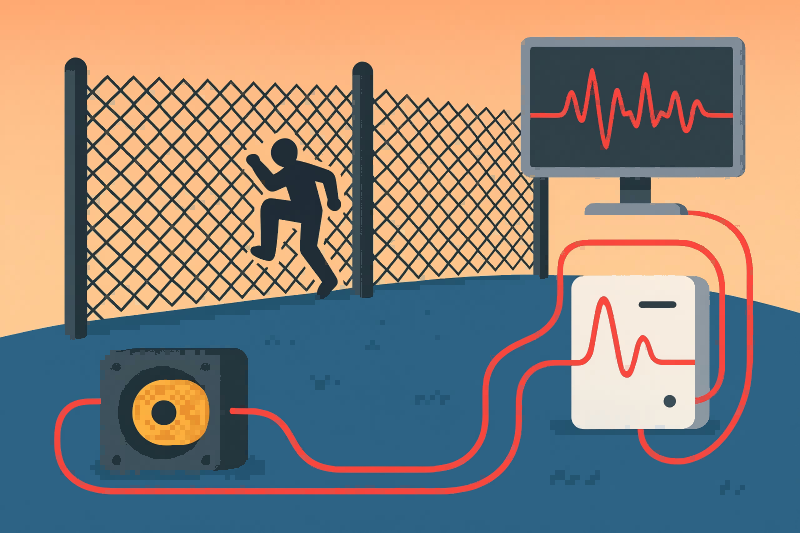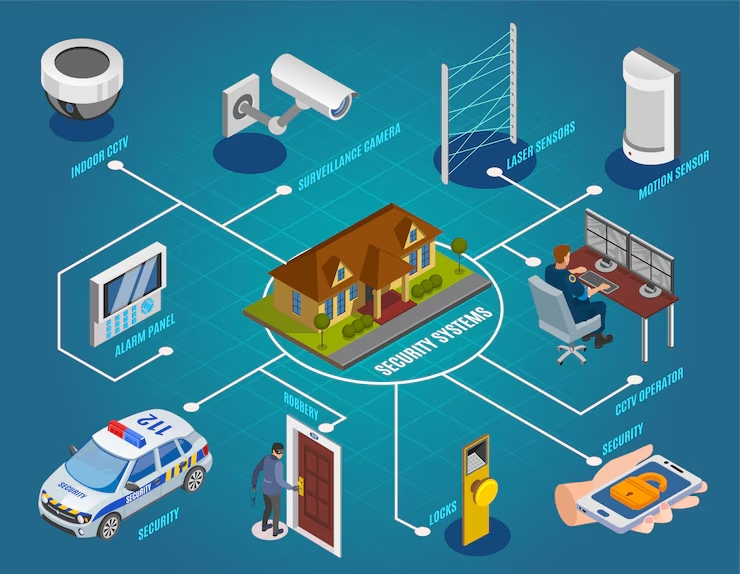How Airports Handle False Alarms in Perimeter Security Systems
Airports require strict perimeter security to protect passengers and assets from threats. However, false alarms remain a major challenge, wasting resources and undermining confidence. This article explores how airports manage and reduce false alarms while upholding safety. Understanding Airport Perimeter Security Systems Perimeter security at airports typically involves a combination of physical and electronic systems working in harmony to detect and deter intrusions. These systems include: Fencing and barriers Radar and infrared motion sensors Laser beam systems Video surveillance and analytics Microwave sensors Buried cable detection Fiber optic intrusion detection Human patrols and canine units Modern systems integrate these technologies into centralized platforms that trigger alerts when abnormal activities are detected at the perimeter. However, these systems must distinguish between actual threats and benign stimuli—no easy task in dynamic outdoor environments. Why Do Airport Perimeter Systems Issue False Alarms? False alarms have a number of causes. In outdoor, open-air airport settings, these triggers often include: Wildlife movement (birds, rabbits, etc.) Environmental changes (wind, rain, snow, fog, dust) Shifting vegetation Small animals or stray pets System malfunctions or calibration errors Reflections from vehicles or aircraft Electrical interference Because airports cover vast land areas—often hundreds of hectares—it’s common for sensors to be misled by benign movements or environmental factors, especially when systems are highly sensitive. Why False Alarms Matter in Airport Security Even if no breach occurs, false alarms are not harmless. They can have serious consequences, such as: Wasted resources: Each false alarm requires a response from security personnel. Operational delays: If the alarm affects runway or tarmac areas, it may delay aircraft movement. Increased costs: Frequent false alarms can wear down equipment and demand more maintenance. Alarm fatigue: Staff may become desensitized, leading to slower or inadequate response during a real event. Regulatory issues: In some regions, high false alarm rates can result in penalties or investigations. Therefore, mitigating false alarms is not merely a matter of convenience—it’s a fundamental part of operational integrity and safety compliance. Multi-Layered Response Protocols Airports handle false alarms through strict response protocols designed to confirm the cause of an alert before taking disruptive action. A typical multi-layered approach includes: a) Sensor Correlation When an alert is triggered by one sensor, the system checks for confirmation from another. For example, if a microwave sensor detects motion, video analytics may cross-check visual evidence before confirming an intrusion. b) Real-Time Video Verification Most alarms are instantly paired with video feed access for security personnel to visually assess the situation. If a bird or small animal is responsible, the event can be logged without dispatch. c) Patrol Dispatch In case of ambiguous evidence, a mobile patrol or airport police unit is dispatched to investigate. This also helps verify the accuracy of sensor readings and aids in system calibration. d) Alarm Classification Modern perimeter security software uses AI to classify alarms into categories like confirmed threat, false alarm, or uncertain. Over time, this learning improves system accuracy. Technologies That Help Reduce False Alarms Airports increasingly rely on intelligent systems and refined hardware to minimize false positives. Key technologies include: a) Video Analytics with AI Artificial intelligence and machine learning are now applied to CCTV feeds. AI distinguishes between a person climbing a fence and a bird landing on it, dramatically lowering false alarm rates. b) Thermal Imaging Cameras Thermal cameras can detect body heat, reducing the risk of mistaking wind-blown debris or shadows for a human intrusion. c) Radar and LiDAR Systems Radar and LiDAR allow detection of 3D shapes and sizes. These systems ignore small objects while focusing on human-sized signatures. d) Fiber Optic Vibration Sensing Buried fiber optic cables can detect precise vibrations from footsteps or digging, but filter out noise from wind or rain. e) Multi-Sensor Fusion Platforms These platforms combine data from multiple sources—CCTV, radar, infrared, and seismic sensors—into a unified interface. The combination greatly enhances decision-making accuracy. Human Factors in Managing False Alarms Even the best technology depends on trained human operators to manage alerts properly. Airports implement the following human-centered strategies: Regular training for control room operators to distinguish real vs. false threats. Strict response timelines for checking and logging alarm causes. Post-event analysis to identify patterns and improve future responses. Shift rotation policies to reduce mental fatigue and ensure fresh judgment. Airports also encourage inter-agency coordination with aviation police, wildlife control teams, and air traffic management to quickly assess the impact of each alarm. Wildlife and Environmental Considerations Wildlife is a major cause of false alarms in open-air airport perimeters. Some specific mitigation strategies include: Wildlife deterrents: Audio or visual scare devices keep animals away from sensitive areas. Vegetation control: Regular mowing and trimming prevent false triggers from moving plants or accumulated snow. Environmental calibration: Sensor thresholds are seasonally adjusted to account for weather variations, such as fog or heavy rain. In environmentally sensitive areas, airport operators must also work with environmental agencies to balance security with biodiversity conservation. System Maintenance and Upgrades Like any high-tech system, perimeter security solutions must be maintained to function correctly. Preventive actions include: Routine sensor calibration to reduce drift and false sensitivity Firmware and software updates for improved algorithm accuracy Periodic audit trails to assess alarm history and detect anomalies Testing protocols that simulate intrusions to verify real-time detection and response Some airports install temporary systems during maintenance to avoid security lapses during hardware replacement. Regulatory and Compliance Measures Airport security systems, including false alarm protocols, are regulated by civil aviation authorities. Key standards include: ICAO Annex 17 – Security Standards: Encourages layered security and accuracy in threat detection. FAA regulations in the U.S. emphasize the need for operational reliability and minimal false alerts. EU directives on critical infrastructure security include performance metrics for electronic surveillance systems. Non-compliance or excessive false alarms may result in audit failures, reduced security ratings, or fines. The Role of Cybersecurity in Alarm Systems With growing reliance on digital platforms, false alarms can also be caused by cyberattacks, such as spoofing sensor data or disrupting communications. To counter this, airports




